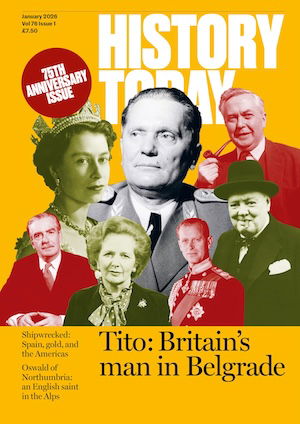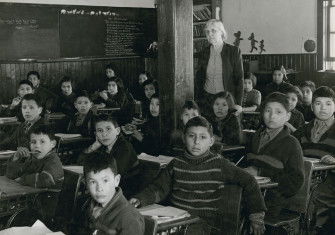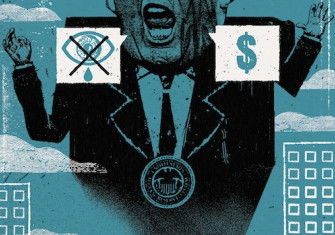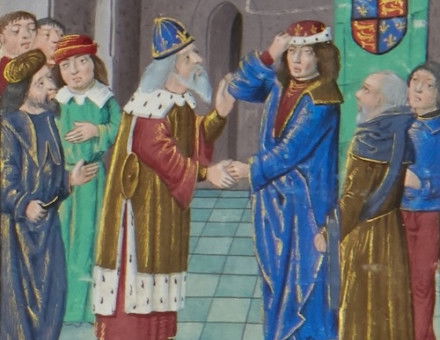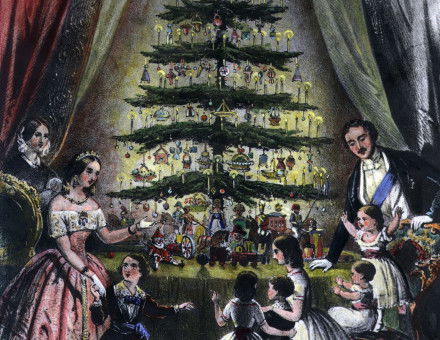Canada and the US: Sleeping with the Elephant
Canada and the US have often been uneasy neighbours; the roots of the latest political flare up can be found in their tangled history.
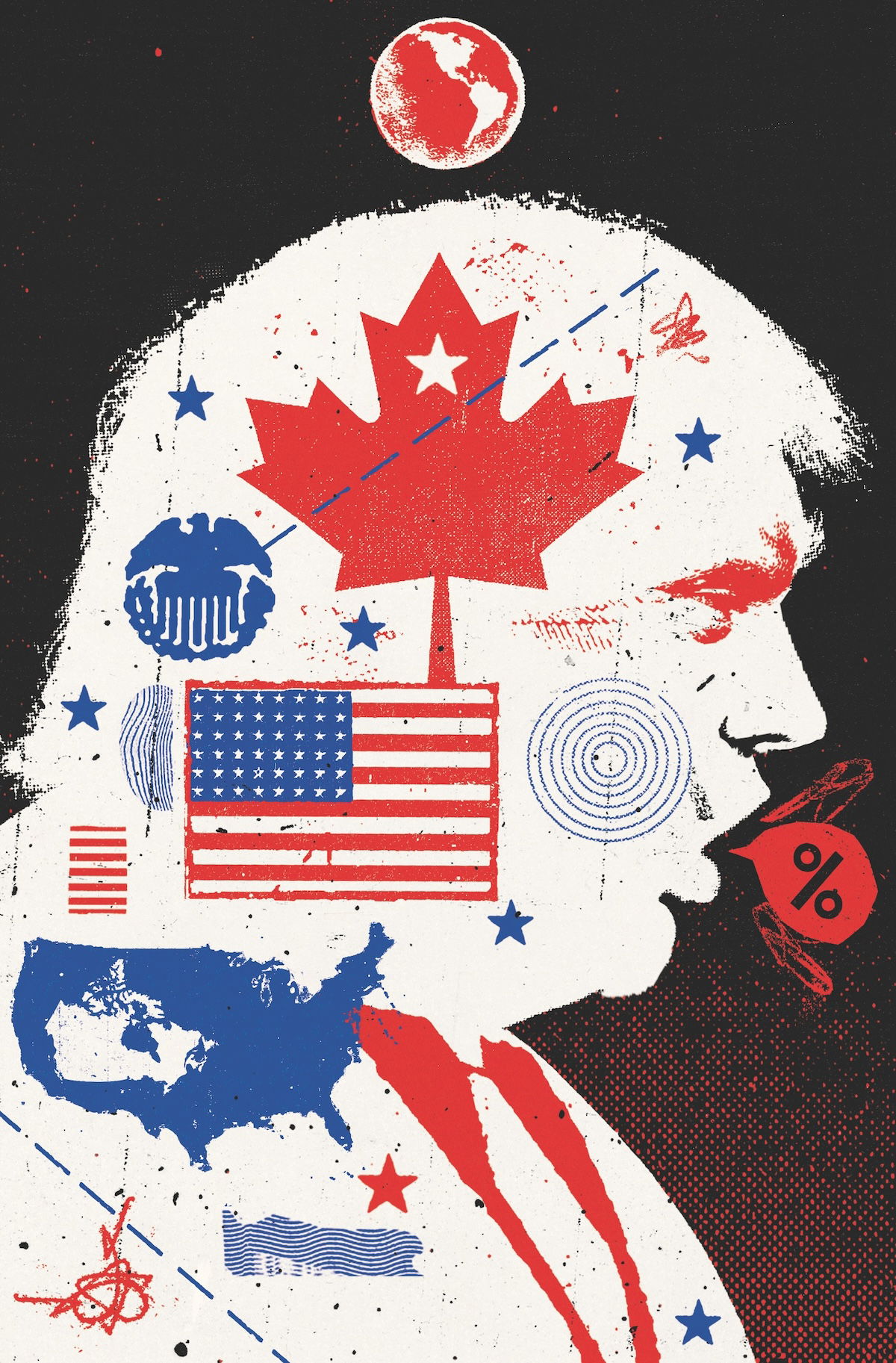
The first 100 days of Donald Trump’s second term were nothing if not controversial. This was especially the case in the United States’ northern neighbour where his talk of Canada becoming the ‘51st state’ and his imposition of 25 per cent tariffs on Canadian exports of cars and parts caused anger and consternation. To add insult to injury, the US president repeatedly referred to the Canadian prime minister, Justin Trudeau, as ‘Governor Trudeau’.

